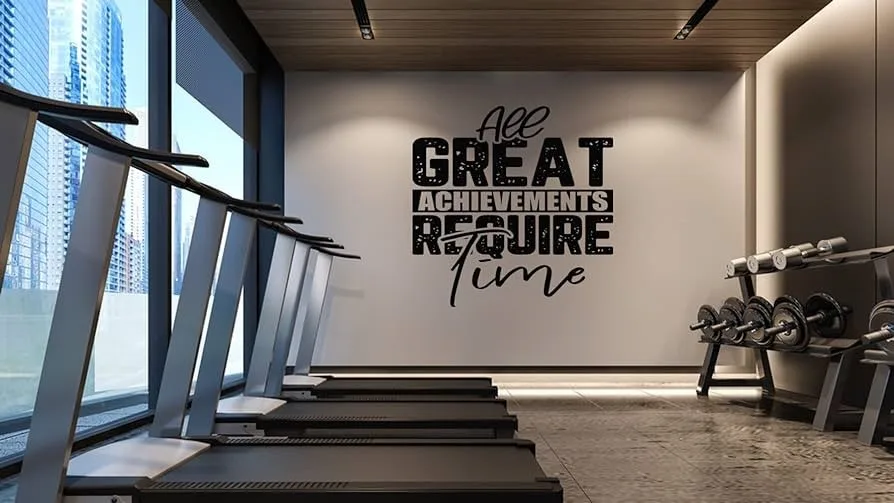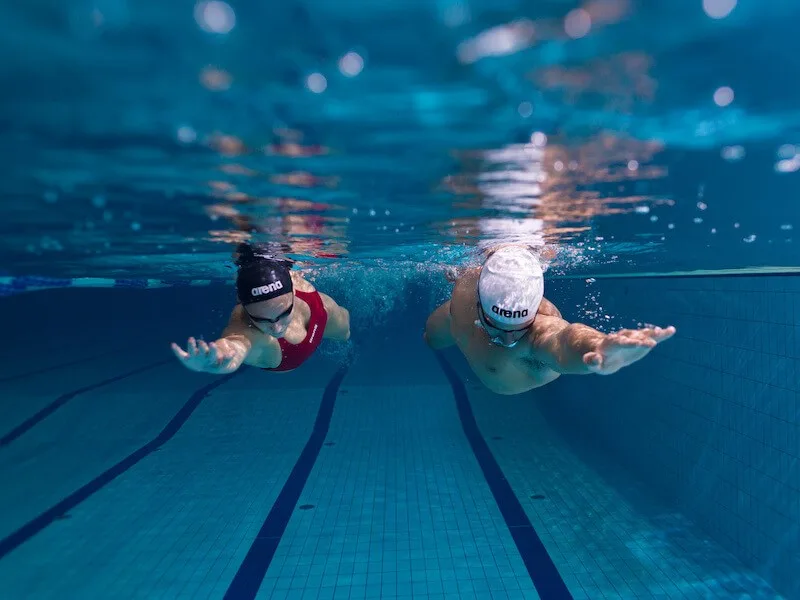
Expand Your Workouts:
Sameness often arises when your exercise routine becomes predictable. Introduce variety by incorporating different types of workouts. Switch between cardiovascular exercises, strength training, flexibility exercises, and activities like yoga or dance. This not only challenges your body in different ways but also keeps things interesting. Expanding your workouts is crucial for constant progress and a fulfilling fitness journey. By setting clear goals, exploring diverse training modalities, joining group classes, trying outdoor activities, incorporating functional fitness, periodizing your training, utilizing cross-training, and personalizing your routine, you can break free from repetitiveness and build a well-rounded, enjoyable fitness schedule.
Set Goals and Track Progress:
Try New Activities:
By incorporating new activities into your fitness routine, you not only keep things interesting but also give your body a chance to settle in and grow in different ways. Embrace the variety of fitness options available, and you may discover activities that bring you joy while keeping you physically and mentally fit. Break the monotony by exploring new sports or fitness classes. Sign up for a dance class, try rock climbing, or join a local sports league. Experimenting with new activities not only adds excitement but also engages different muscle groups, promoting a more comprehensive fitness experience.
Fit in Technology:
Leverage technology to make your workouts more interactive. Fitness apps, virtual classes, and wearable devices can provide real-time feedback, track your performance, and introduce gamification elements to make exercising more enjoyable. This tech-driven approach can turn your workouts into a dynamic and engaging experience. As technology continues to advance, the synergy between innovation and fitness will undoubtedly redefine the way we approach wellness, fostering a future where individuals can achieve their health goals with greater precision, motivation, and enjoyment.
Create a Vibrant Workout Environment:
Enhance the vibes of your workout space. You can create a vibrant workout environment that not only supports physical health but also uplifts the overall well-being of individuals engaging in fitness activities. Whether it’s adding motivational posters, playing upbeat music, or exercising in nature, creating a positive environment can significantly impact your mindset and make workouts more pleasant.
Reward Yourself:
Reward yourself with a day away from screens and technology. Spend the day in nature, engage in face-to-face interactions, and focus on activities that don’t involve electronic devices. Establish a system of rewards for achieving fitness milestones or sticking to your workout routine. Taking care of your mental well-being is just as important as physical fitness, and incorporating mindfulness into your routine can be a rewarding experience. Treat yourself to a healthy snack, a relaxing massage, or a favorite activity. These rewards serve as positive reinforcement, making exercise more entertaining.

Types of exercises:
Cardiovascular Exercises:
Cardiovascular exercises, commonly known as cardio, play a central role in maintaining overall health and fitness. These exercises are designed to elevate the heart rate and increase blood circulation, promoting the efficiency of the cardiovascular system. Engaging in regular cardiovascular activities offers a multitude of benefits, contributing to physical and heart health. One of the primary advantages of cardiovascular exercises is their impact on heart health. As the heart pumps blood more efficiently during cardio, it strengthens the cardiac muscles, reduces the risk of heart diseases, and helps maintain healthy blood pressure levels. Additionally, cardio workouts enhance the flow of oxygen and nutrients throughout the body, supporting the optimal functioning of various organs and tissues.
Strength Training:
It’s important to note that effective strength training requires proper technique and progressive overload. Progressive overload involves gradually increasing the resistance or intensity of the exercises over time to continue challenging the muscles and promoting further adaptations. Adequate rest and recovery are equally essential, allowing the muscles to repair and grow stronger between sessions.
Weightlifting:
Involves lifting weights to build muscle strength and endurance.
Bodyweight Exercises:
Push-ups, pull-ups, squats, and lunges are examples that use your body weight for resistance.
Resistance Training:
Utilizes resistance bands, cables, or machines to work against force.

Flexibility and Mobility:
Flexibility and mobility are two crucial components of physical fitness that contribute significantly to overall health and well-being. While the terms are often used interchangeably, they refer to distinct aspects of movement and joint function. Flexibility pertains to the ability of muscles and connective tissues to lengthen and stretch, allowing for a full range of motion at the joints.
Stretching:
Energetic stretches for warm-up and static stretches for flexibility.
Yoga:
Combines poses breathe control, and meditation to enhance balance.
Pilates:
Focuses on core strength, flexibility, and overall body awareness.
Functional Training:
The advantages of functional training extend beyond the gym, providing practical benefits for daily life. These may include increased energy levels, improved posture, and enhanced joint stability. Functional training is a complete and effective fitness approach that focuses on enhancing overall functional abilities and performance in daily activities. By incorporating multi-joint movements balance, and real-life simulations, functional training offers a holistic and practical approach to fitness that goes beyond traditional remote muscle training.
Functional Movements:
Functional movement for fitness is a comprehensive and practical advance to exercise that goes beyond isolated muscle training. By incorporating multi-joint movements, core stability, dynamic balance, and real-world application, individuals can improve their overall functional capacity, reduce the risk of injuries, and enhance their quality of life. Exercises that mimic real-life activities, such as squats and kettle bell swings. Functional movement emphasizes the importance of the mind-body connection. By focusing on proper form, breathing, individuals can enhance their body awareness and optimize the benefits of functional exercises.
Balance Training:
Balance is a complex interplay between various muscle groups, the nervous system, and sensory input. As we age or neglect specific muscle groups, our balance tends to decline. Therefore, incorporating balance training becomes crucial for maintaining functional movement and preventing falls, particularly in older adults. Balancing training is a fundamental component of overall fitness that often gets overlooked. While many individuals focus on strength training and flexibility, incorporating balance exercises into your routine can enhance stability, coordination, and core strength.

Group Classes:
Group fitness classes offer a multifaceted approach to achieving and maintaining a healthy lifestyle. The combination of diverse workout options, a supportive community, professional guidance, and a structured schedule makes these classes an appealing choice for individuals seeking an engaging and effective fitness experience. Whether it’s the energy of a dance class or the intensity of a boot camp, group fitness classes provide a well-rounded and enjoyable way to pursue fitness goals.
Spinning:
Intense cycling classes with music and guidance from an instructor.
Zumba:
Dance-based workouts those are both fun and effective.
Boot Camp:
Intense, varied workouts often in a group setting.
Swimming:
Swimming engages multiple muscle groups simultaneously, providing a comprehensive full-body workout. The arms, legs, core, and back all contribute to the swimming motion, promoting overall muscle development. Swimming is an excellent cardiovascular exercise that enhances endurance and stamina. It increases heart rate and improves the efficiency of the cardiovascular system, promoting a healthy heart and lungs. Swimming is an effective calorie-burning activity. Depending on the intensity and stroke used, it can burn a significant number of calories, aiding in weight management and promoting fat loss.


